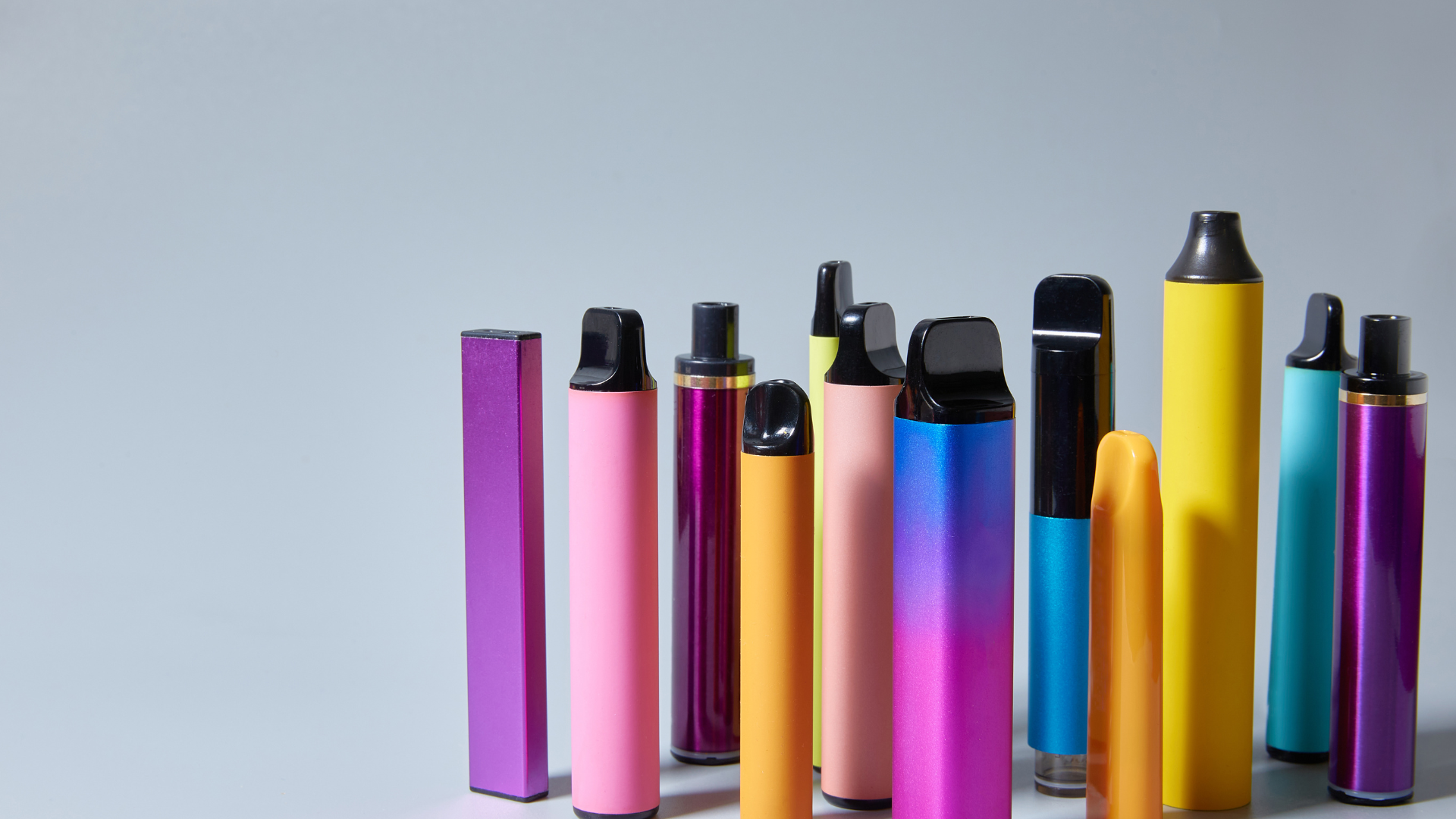
How Vaping Affects Your Saliva: New Evidence from a Cross-Sectional Pilot Study
A Growing Trend with Unanswered Questions
Electronic cigarettes have rapidly become a popular alternative to traditional smoking—especially among young adults—thanks to marketing that frames them as “cleaner” or “safer.” But even as e-cigarettes gain mainstream acceptance, scientists continue to question what vaping actually does to the mouth, teeth, and saliva.
Saliva is more than moisture. It protects teeth from cavities, neutralizes acids, supports healing, and helps maintain a balanced oral microbiome. Any change in its composition can influence overall oral health.
A new pilot study published in BMC Oral Health (2025) takes a closer look at this issue by examining how vaping affects salivary flow, pH, buffering capacity, and the physical consistency of saliva.
What the Researchers Wanted to Know
The research team from King Saud University aimed to answer a straightforward but important question:
Does using e-cigarettes alter key salivary characteristics that help maintain oral health?
To explore this, they conducted a cross-sectional pilot study involving:
20 e-cigarette users
19 nonsmokers
All participants were healthy adults aged 18–45, with no systemic diseases or salivary gland disorders. Saliva samples were collected under standardized conditions using the Saliva-Check Buffer® test.
How the Study Was Conducted
Researchers measured four major salivary parameters:
1. Salivary Flow Rate
Collected both in resting and stimulated conditions to assess dryness and gland function.
2. pH Level
To evaluate how acidic the oral environment is—an important predictor of caries risk.
3. Buffering Capacity
Indicates how well saliva can neutralize acids.
4. Saliva Consistency
Visually assessed as watery, frothy, or sticky, reflecting changes in protein content and hydration.
Samples were analyzed by two trained examiners to reduce bias.
What the Study Found
The results were striking and consistent across all parameters:
1. Vapers had significantly lower resting saliva.
100% of vapers showed low resting saliva volume, compared with none in the control group.
2. Buffering capacity was markedly reduced.
Vapers were far more likely to have low or very low buffering capacity, meaning reduced ability to neutralize acids.
3. Oral pH was more acidic among vapers.
Nearly 93% of vapers had moderately acidic saliva—a known risk factor for enamel demineralization.
4. Saliva consistency was altered.
“Sticky” or “frothy” saliva was observed almost exclusively in e-cigarette users, suggesting dehydration and changes in protein composition.
Altogether, these findings indicate that vaping disrupts normal salivary function, weakening the mouth’s natural defenses.
Why These Findings Matter
Healthy saliva protects against:
dental caries
periodontal inflammation
erosion and enamel damage
opportunistic infections
mucosal irritation and dry mouth
By reducing saliva flow, lowering pH, and weakening buffering capacity, vaping may increase susceptibility to dental diseases—even in otherwise healthy young adults.
The authors also highlight the clinical value of saliva testing. Simple chairside tools can help dentists:
identify early signs of vaping-related salivary changes
educate patients on oral risks
tailor preventive strategies (fluoride, hydration, dietary advice)
Limitations and the Road Ahead
As a pilot study with 39 participants, the sample size is small and may not capture the full variability of the population. The researchers also note limitations related to:
categorizing continuous variables into broad groups
relying on visual assessment for saliva consistency
using a diagnostic kit optimized for certain parameters but not all
The team is now conducting a larger follow-up study to explore how vaping frequency and duration further influence salivary health.
Conclusion
This pilot study provides early but compelling evidence that e-cigarette use significantly alters saliva, making the oral environment more acidic, less protected, and more prone to disease. These insights reinforce the importance of raising public awareness about the oral risks of vaping—not just its respiratory or systemic effects.
Original Article Details
Title: Correlation between e-cigarette use and salivary flow rate, pH, and buffering capacity: a cross-sectional pilot study
Authors: May Alsenani et al.
Journal: BMC Oral Health (2025), 25:1806
DOI: https://doi.org/10.1186/s12903-025-07255-w